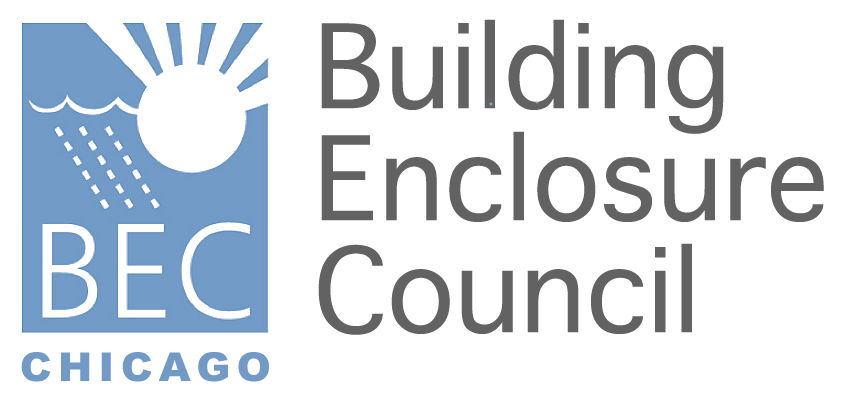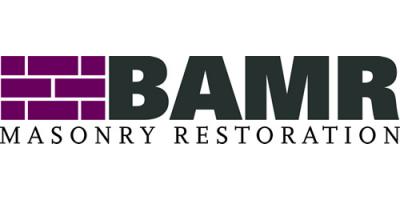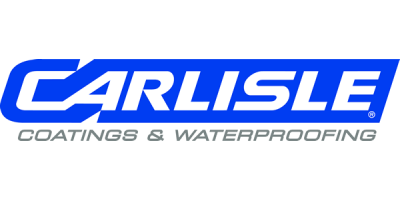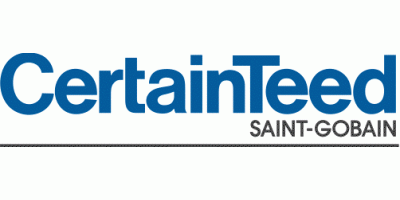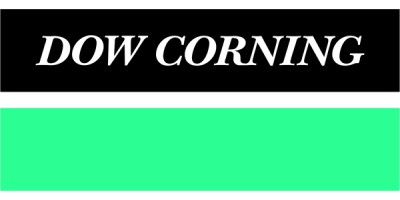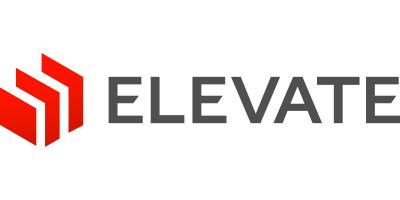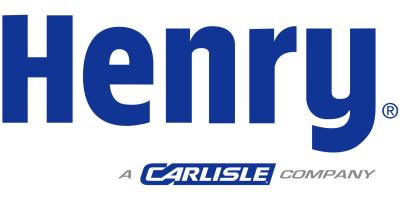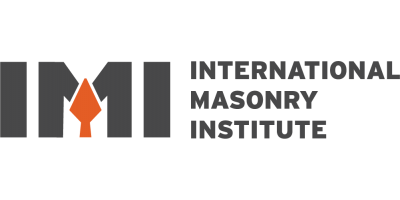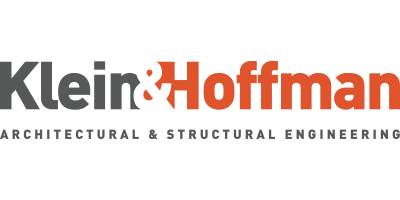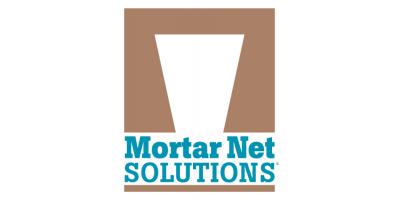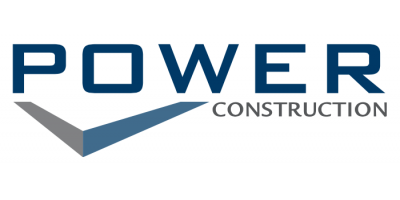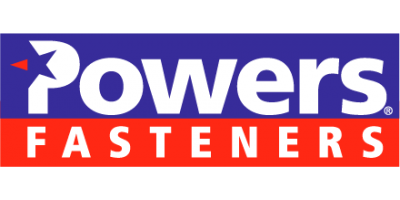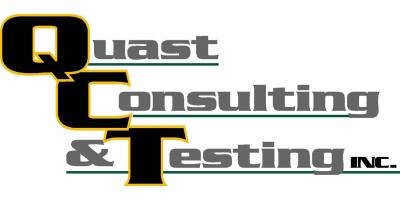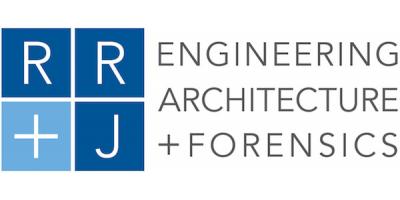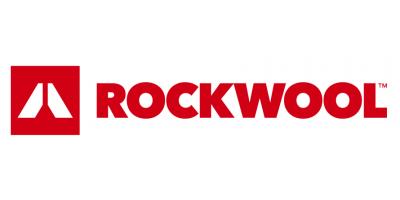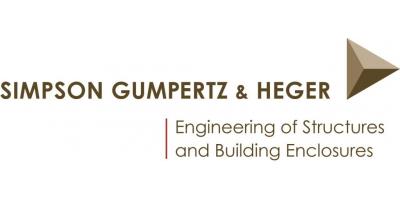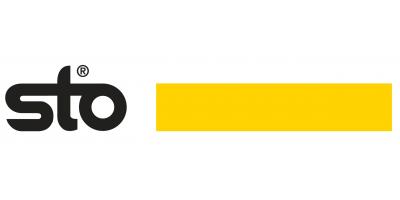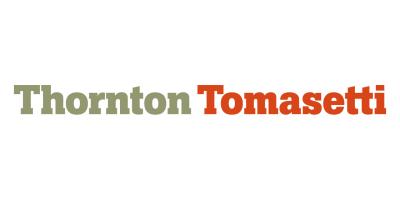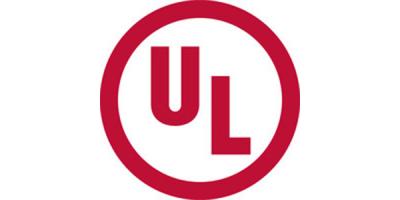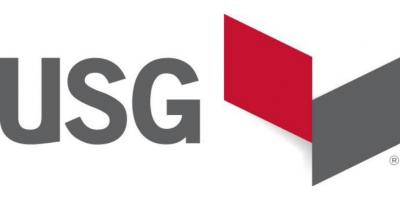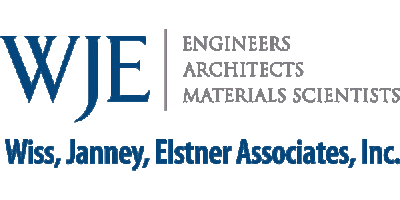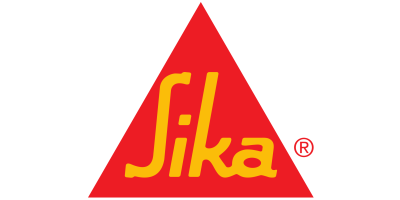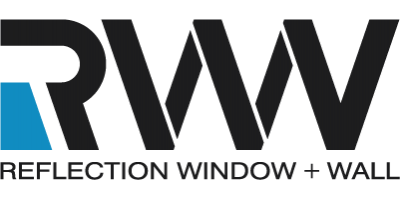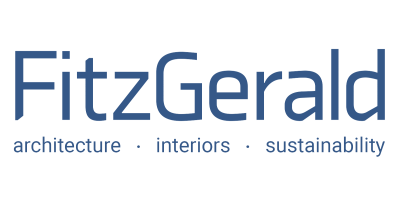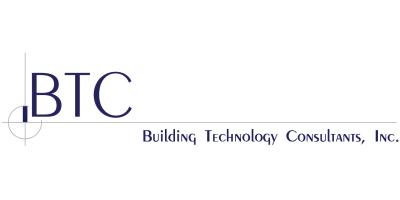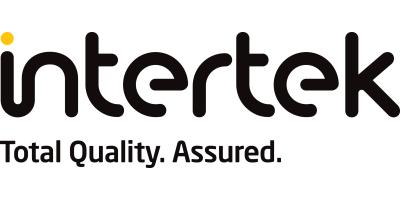| Location | Virtual Meeting via Webinar |
AIA CREDIT: Yes
ABSTRACT:
Curious what it takes to achieve a very tight building enclosure? Confused about new building and energy code requirements for the airtightness of your projects? Pursuing a Passive House or Net Zero project with a daunting airtightness goal? If so – this webinar is for you! Learn about what it takes in the design, selection of building materials, and on-site implementation to meet your upcoming project air barrier performance requirements.
Air barrier commissioning and testing requirements are now mandatory within many jurisdictions in North America. This significant requirement, along with an uptake in higher performance Passive House and Net Zero projects, have truly raised the awareness and benefits of airtight buildings. In response, many new air barrier materials and air barrier system approaches have been developed and adapted with varying degrees of measured success. Several air barrier systems are emerging as simple, cost effective, and proven approaches for success, and, through the design and testing of these buildings, are only getting better. This webinar will cover an overview of successful air barrier system designs, what to look for in materials selection, and cover field commissioning exercises that can be useful in ensuring the airtightness in your projects. The design and construction lessons learned from some of North America’s tightest building enclosures will be shared and it will be shown that hitting very tight Passive House targets is readily achievable with a good design and implementation.
LEARNING OBJECTIVES:
- Compare the pros and cons of different air barrier systems depending on project goals
- List key performance characteristics to consider when selecting air barrier materials
- Describe how field commissioning contributes to measurable improvements in airtightness
- Apply lessons learned from successful high-performance projects to accurately assess the feasibility of Passive House targets in today’s industry
PRESENTER BIO:
Graham Finch of RDH Building Science, is a building science engineer who specializes in enclosure design, research, and investigation work for new and existing buildings. Graham also works with building product manufacturers and other clients on product research and development, performance monitoring, forensic investigations and field testing. Graham is regularly invited by various organizations and clients across Canada and the US to speak to the practical and technical issues of various building science topics. He actively publishes guidelines, technical papers and presents on building science research at local to international conferences. Much of his recent work has focused on high performance building enclosures including guidance on improved air barrier systems and achieving airtight buildings.
VIRTUAL MEETING REGISTRATION & LOGIN INFORMATION:
For BEC Chicago members, an invite with REGISTRATION LINK will be sent out approximately 7 to 10 days in advance of event. After registration, a confirmation email with LOGIN INFORMATION with be sent for the virtual meeting that will be hosted through ZOOM. For non-BEC Chicago members interested in attending, you may contact Jeff Diqui at jdiqui@imiweb.org to request an invite. The inviation will include a REGISTRATION LINK.
PRESENTATION COPY:
A copy of the 11.13.20 BEC Chicago presentation presented by Graham Finch of RDH Building Science can be downloaded at the following link:
